
Visas
Russians, Korean, Japanese, Swiss and ASEAN nationals including Indonesia, Malaysia, Singapore and Philippines can enter Laos "visa free" [1]; all other tourists need a visa in the form of a tourist visa (for one or possibly two months) issued by a Lao embassy or consulate. A visa on arrival is also available to most people entering at the airports in Vientiane, Luang Prabang and Pakse, as well as the Thai-Lao Friendship Bridge between Nong Khai in Thailand and Vientiane and on the Lao/Vietnam-Border. It is also available when entering via Stung Treng (Cambodia), although guesthouses in Cambodia and the Lao embassy in Phnom Phen will say it is not to make money with visa services. When applying for a tourist visa or to obtain a visa on arrival, one (maybe two at Lao embassies) passport photo is/may be required (although you may be able to pay a USD1 "fee" to have this requirement waived) - recently (June 2013) passport photos were not asked for (at Friendship Bridge).
**Credit Picture from : Laogirls.com
Prices range from USD30 to USD42 depending on nationality - New Zealand USD30, Americans USD35, Canadians USD42, Australians USD30, Chileans USD30, Belgians USD30, British, Dutch, Italians USD35, Swedes USD31, Germans USD30-35.
Visas can be obtained in advance from Lao embassies/consulates. The fee varies by nationality/embassy; USD20 is common, although can be as high as USD63 (in Kuala Lumpur). Processing times also vary; 2-3 days is typical, though you may be able to pay an extra small amount (around USD5) to receive the visa in as little as one hour. In Phnom Penh the travel agencies can arrange the visa the same day (but may charge as much as USD58) while getting it from the embassy takes a few days. Getting a visa from the embassy in Bangkok costs around 1,400 baht for most nationalities, plus 200 baht more for "same day" processing. It's cheaper and quicker to get one at the border.
Visas are also available at the Lao PDR consulate in Khon Kaen, Thailand. Thai and English (limited) are spoken by consular staff. Hours are Monday-Friday 08:00 to 12:00 and 13:00 to 16:00. (UPDATE July 2012): There have been several changes that took place in February 2012. Prices have increased and are now similar to those charged by the Laotian Embassy in Bangkok.
Visas for Americans, Britons, and those from several EU countries cost THB1,400 baht/USD45, Australians and New Zealanders pay THB1,200 /USD38, Canadians pay THB1700 /USG54 while Chinese pay THB600/USD20. Officially, visas can be picked up the next day (or pay an additional THB200 to have the visa issued within 1 hour). Officially, only baht is accepted. They may take US dollars but it will likely be more expensive than a visa-on-arrival. Given that a visa for many countries can be had for USD20-42 at the border, getting a visa at the border is cheaper and quicker. NOTE: If you are taking the direct Khon Kaen to Vientiane bus and you require a visa for Laos, the bus company will not sell you a ticket unless you have a visa already issued.
UPDATE (March 2013): The Laotian consulate has re-located to a big gated building off of Friendship Road. The consulate is about 1 km north of the Khon Kaen Immigration office. It's on the southbound side of Friendship Road (going towards Nakhon Ratchasima). The consulate is on the same side of the road as the Khon Kaen Immigration office. It's also about 500m from a large Tesco Extra which is on the opposite side of the road. Visa prices are still the same as above.
There are visa-on-arrival facilities at the international airports in Vientiane, Luang Prabang and Pakse, and at all border crossings (see below), including now overland from Cambodia (visa on arrival facilities opened at Voen Kham -north of Stung Treng, Cambodia). The cost varies between USD30 and USD42 (if paid with US dollar notes; paying with Thai baht will cost considerably more and border officials will not accept Lao kip at all). If you pay in Thai baht, the cost is usually THB1,500 (about USD47-48). A USD1 "out of office hours/overtime" surcharge, and a small (possibly THB10 to USD1) entry stamp fee, might also be charged.
Entry permit extensions (sometimes referred to as "visa extensions") are available from the Immigration Department in Vientiane, the Immigration Department in Luang Prabang, the Police Station in Pakse, the Police Station opposite the Lao-Mongolian Hospital in Phonsavan and possibly other cities. Extensions are not possible in Lao's second city, Savannakhet, although you can do a border run from there to Thailand to get a new 30 day visa. The cost is USD2 per day plus a small "form fee" ranging between 5,000 kip (Pakse) to USD2 (Luang Prabang.) The process is very easy; turn up in the morning with your passport and one photo; fill in a form (in Luang Prabang immigration officers do this for you) and come back in the afternoon for your extension.
If you want to extend for longer than two weeks and are near the Thai border, it can be more cost effective to cross the border (entry to Thailand is free for most western nationalities) and return immediately to get a new 30 day Lao visa.
Extensions are also possible via agencies elsewhere in Laos (who will courier your passport to Vientiane and back again, around USD3 per day minimum of 7 days).
By plane
The international airports at Vientiane and Luang Prabang are served by national carrier Lao Airlines and a few others, including Thai Airways, Bangkok Airways (Luang Prabang only) and Vietnam Airlines. Some seats on flights of Vietnam Airlines are reserved for Lao Airlines (codesharing / better price). Pakse is the third international airport, with flights to/from Siem Reap (Vientiane - Pakse - Siem Reap by Lao Airlines) and from/to Ho Chi Minh City.
Laos used to be off-limits to low-cost carriers, however AirAsia now flies to Vientiane from Kuala Lumpur three times a week. Another cheap option for getting to Vientiane is to fly to Udon Thani in Thailand with discount airlines Nok Air or Air Asia and connect to Nong Khai and the Friendship Bridge via shuttle service directly from the airport (40 minutes); from here Vientiane is just 17km away.
If you're coming from Chiang Mai, please note that there are no ATM or money changing facilities at the international departure terminal of the airport. If you're planning to get a visa on arrival in Laos, make sure you get enough US dollars "'in town'" before you leave for the airport. Thai baht are also accepted, but at very inflated rates.
By train
The long-awaited first link across the Mekong from the Thai town of Nong Khai to Tha Naleng near Vientiane finally opened in 2009. There are two shuttle services per direction per day, with one timed to connect to the night trains to/from Bangkok. Visa on arrival is available when crossing the border by train. The train is not a very attractive option because the railway station is in the middle of nowhere.
By land
Most border crossings open for foreigners, with an indication where visas on arrival can be issued, are listed on the web site of the National Tourism Administration. This list is unfortunately incomplete.
Cambodia
Visa on arrival for Laos is now available (as of Feb 2010) when entering from Cambodia overland (previously was not available), with an official "Visa on Arrival" office incorporated into the checkpoint. The nearest Cambodian town is Stung Treng, and the border is a 90-minute speedboat or bus ride away. Note that the border is lightly used, with almost no onward public transport available at the border (therefore book through transport from Stung Treng to Ban Nakasang for Si Phan Don/Don Det) and both customs officers and transport providers have a reputation of gouging foreigners, although this seems to have improved recently (currently both Cambodian and Laos border officials request US$1 stamp fee per country). Crossing the border (Oct 2010) the Cambodia officers will ask for US$1 for exit stamp.You can tell them you don't have any and they will still stamp it. On the Laos side they will demand US$2 for entry stamp, if you refuse they will not stamp it, (you will need the stamp to get out), so you have no choice than to pay the bribe. Note if you cross the border by boat, you will have to return by road to the border checkpoint to officiate your arrival (ie. get your passport stamped) in Laos.
October 2014 Update
On arriving to the Cambodian border via Laos, Laotian Customs officials will charge you $2USD to exit the country. This unofficial fee seems hard to avoid. Cambodian Visa are purchased for $35 from a small wooden shack on the right hand sight of the road. Despite the suspicious looking building and laminated price board that does not specify currency in USD this office is legitimate. No fees are charged for stamping. Do watch out though for a well dressed man in suit pants and a shirt. He first greets travellers on getting out of the bus at the Laos side of the border and will then travel with you on the bus into Cambodia. He will offer his services to process your visa for an extra fee and then whilst on the Cambodian bus will make various claims such as: Road to Siem Reap is closed, You can upgrade to a better bus in Stung Treng, You can upgrade to a 'new road' to Siem Reap vs bad 'old road', The Bus will take 14 hours as it will need to travel via Phnom Penh first before reaching Siem Reap. The costs of these upgrades will vary from day to day, but I have heard prices from $10-$15USD. Speak to your bus group about this and stand firm and insist that you are not paying any extra fees.
If you have booked an organized tour to cross the border from cambodia to laos, an 'official' in the bus may ask you for your passport and about 40$ for the stamps and the visa. Insist on doing the procedure on your own. That will safe you around 5$.
Two pitfalls at the Lao-Cambodian border are that you will often have four changes of bus (some of them tiny minibuses where passengers have to sit on each others' laps), and hours spent driving to remote guesthouses to pick up backpackers; if your luggage has been sent in a bus you are not on (because of 'lack of space') it will sometimes disappear. The 'King of Bus' company is known to do this.
China
The land crossing between Mengla (Yunnan) and Boten (Laos) is open to foreigners and visa on arrival is possible (USD37 for UK citizens) or you can get in advance at the Lao consulate in Kunming. Daily bus service operates from Mengla to Luang Namtha and Udomxai. Buses from Mengla to Luang Namtha leave from the North bus station. The first bus leaves around 08:00 and costs about 40 RMB.
Generally speaking, it is not possible for independent travellers to cross from China to Laos via the Mekong River, not least because there's a chunk of Myanmar in the middle and the Lao checkpoint at Xieng Kok does not issue visas on arrival. Travel agents in China, including Panda Travel [2], run irregular cruises from Jinghong (China) via Chiang Saen (Thailand) to Huay Xai (Laos), but schedules are erratic and prices expensive.
Myanmar
Foreigners cannot legally cross the Laos/Myanmar border.
Thailand
There are 8 border crossings open to all between Thailand and Laos. From north to south:
Huay Xai/Chiang Khong: Fourth bridge under construction. Usual route to/from Luang Prabang, easy bus connections to Chiang Rai and points beyond on the Thai side.
Muang Ngeun/Huay Kon: Visa on arrival. 40 km from Pak Beng.
Nam Hueng/Tha Li: Easily reached via Loei on the Thai side, but 378 km of dirt road away from Luang Prabang. No visa on arrival.
Vientiane/Nong Khai: The first Friendship Bridge and the busiest of crossing of them all. Direct trains from Bangkok now available.
Paksan/Bueng Kan: No visa on arrival.
Tha Khaek/Nakhon Phanom: Third bridge under construction.
Savannakhet/Mukdahan: The Second Thai-Lao Friendship Bridge.
Vang Tao/Chong Mek: On the route from Pakse to Ubon Ratchathani
Vietnam
There are at least six border crossings that can be used by foreigners. These include:
Donsavanh - Lao Bao - to/from Savannakhet
Keo Nua Pass
Lak Sao - to/from Khammouan Province
Nam Can - to/from Plain of Jars
Na Meo - to/from Sam Neua
Tay Trang - to/from Muang Khua and Nong Khiaw
Bo Y (nearest town on Vietnamese side being Ngoc Hoi and on Lao side Attapeu)
By motorbike from Vietnam
The border crossing on a Vietnamese motorbike at Tay Trang is very easy and straightforward. You arrive after going over some hills at the Vietnamese border where very friendly guys handle your case easily and with no hassle. You fill out the form for "temporary export of a vehicle", show them the Vietnamese Registration Card for the bike (which is in the owners name, not yours usually) and pay USD10. Then you proceed to the police, show the papers to them and get the exit stamp.
You then have to drive for 6km over the mountains to get to the Lao checkpoint. There you will find some not so friendly border guards who expect you to pay 5,000 kip for general fees and 25,000 kip for importing a vehicle. They fill out the form themselves and issue a 30-day visa (there is some talk on the Internet about 15-day visa or even 7-day arriving on a bike, but that's crap).
So after spending maybe 20min on at each border you and your bike are in Laos and the journey can go on! However, some travellers experience huge complications at the Tay Trang border, trying to pass the border with a motorbike and being requested to produce an incredible amount of paperwork (licence for the bike has to be from the same province as your resident card...).
Update 2014/03: Some travellers have been denied exiting Vietnam at Tay Trang as their motorbike was not licensed in the Dien Bien district (plate number 27). It doesn't seem possible anymore to cross for travellers with just the blue card, except if you are a Vietnamese resident with all the motorbike papers in order.
Credit: http://wikitravel.org/en/Laos


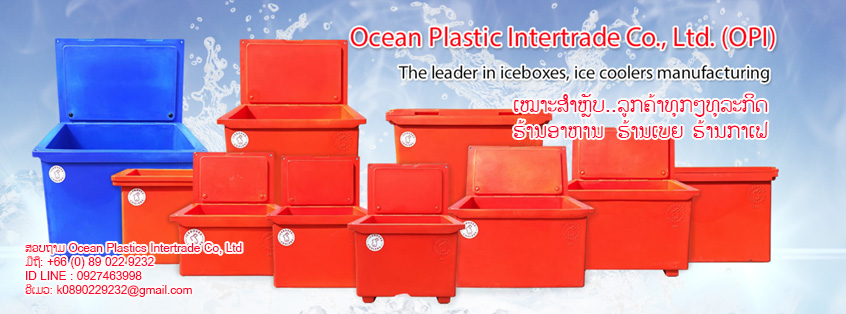
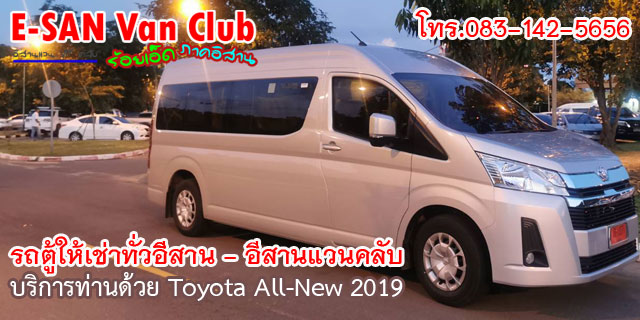

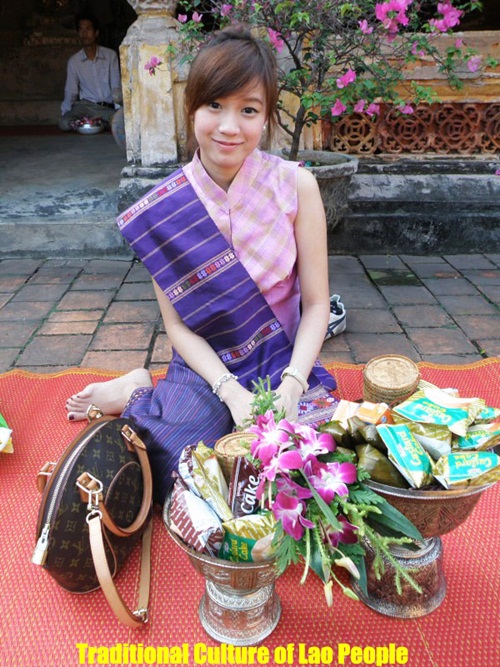





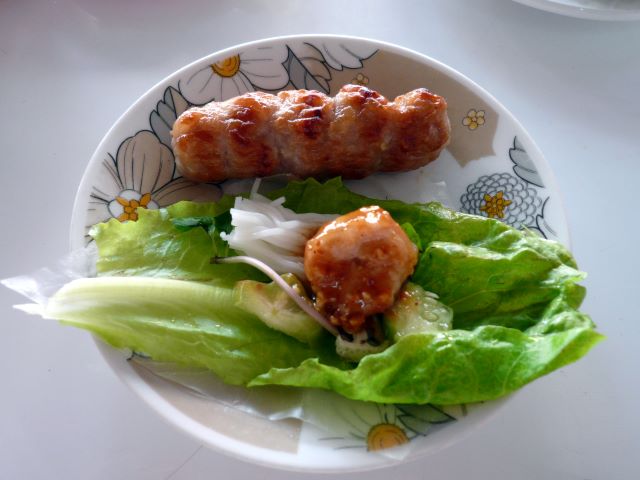

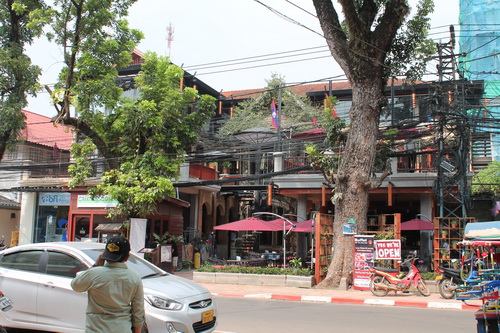





![[เมืองสี่พันดอน] มิสเตอร์โม เกสต์เฮ้าส์ Mr. Mo Guesthouse](https://huglaos.com/images/0toey/48/1.jpg)






